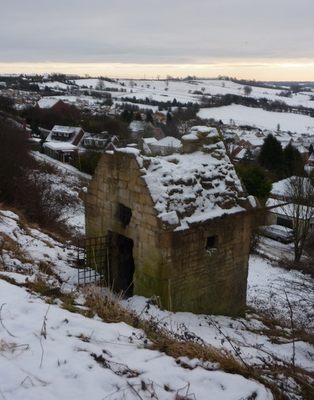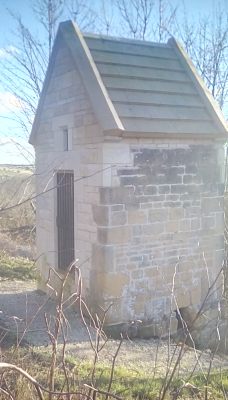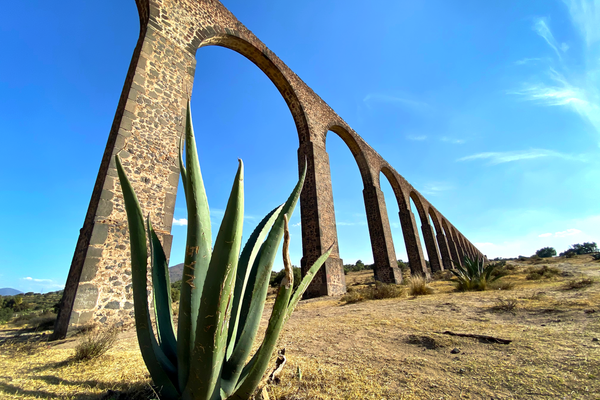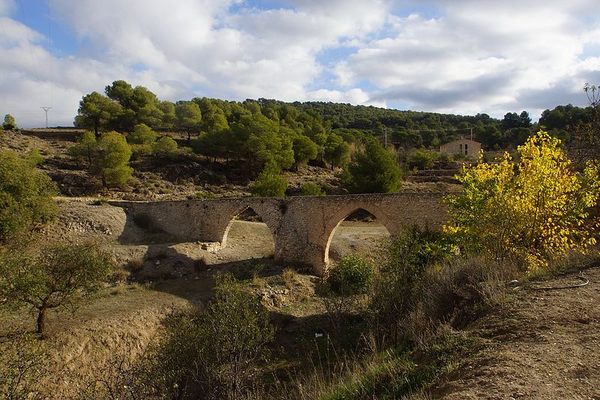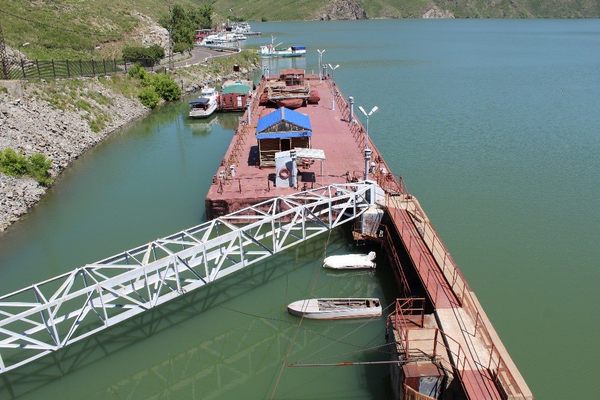About
At Bolsover in Derbyshire, central England is a restored structure known as a "Cundy House," or conduit house. It is a remarkable remnant of 17th century water supply engineering, built to contribute to the water supply for the nearby Bolsover Castle, which is about 300 metres away and is itself well worth a visit.
This Cundy House, restored in 2003 and currently in the care of English Heritage, was operational until the 1920s. A lead water pipe from the Cundy House used to go downwards towards what is now the main road and then up to the castle’s cistern house at a slightly lower level using a siphon effect. From there it was apparently pumped by hand to tanks at a higher level from where, among other things, it was used to feed a decorative fountain. The pump was severed by road building operations in the 1920s.
This wasn't the castle's only Cundy House, however. A number of similar structures were built south of the castle along the magnesian limestone escarpment that the castle was built upon. However as early as the 1930s these derelict structures were very popular with local children (including the father of the author) who called them “the sentry boxes” or “watchtowers” (understandable since the buildings including a slit-like window high up on the face overlooking the valley) and used them as a playground. The conduit houses have even been identified as watchtowers on official maps, but their non-military function as part of the water supply system is now well established.
The restored Cundy House is built into a steep slope to the north of the castle and, as with all the Bolsover “watchtowers,” at the line of the natural springs. It is separated from the castle by a steep valley containing a relatively busy road. The structure once had a lead water tank, later replaced by a brick tank that is still in place and collecting water, visible through the door grille.
These small functional buildings were clearly intended to have architectural value, too. This is in keeping with the design philosophy of the 17th century iteration of the castle itself, which is really a country retreat dressed up as a fortification. When viewed from a distance the castle keep is intended to (and does) give the impression of being a defensive structure, but close inspection reveals it has virtually no defensive capability. Perhaps mistaking the line of Cundy Houses for watchtowers was deliberate on the part of the builders.
The views west from near the Cundy House, towards the Derbyshire Peak District, are as impressive as the views from the castle itself and particularly so now that the blights on the valley landscape—two coal mines and the Coalite solid smokeless fuel production plant and bi-products refinery—are now closed and gradually disappearing.
Related Tags
Know Before You Go
If driving from the M1 motorway leave at junction 29A and follow the signs for Bolsover Castle, at first along the A6192 and then east along the A632. At first the A632 is called Chesterfield Road but at a traffic island it becomes Station Road. . The castle will be seen clearly on the skyline to the right of Station Road. About halfway up Station Road take Bolsover Hill to the left. The Cundy House will be found to the left of Bolsover Hill between junctions of Craggs Rd and Houfton Rd .
Community Contributors
Added By
Published
September 27, 2016

